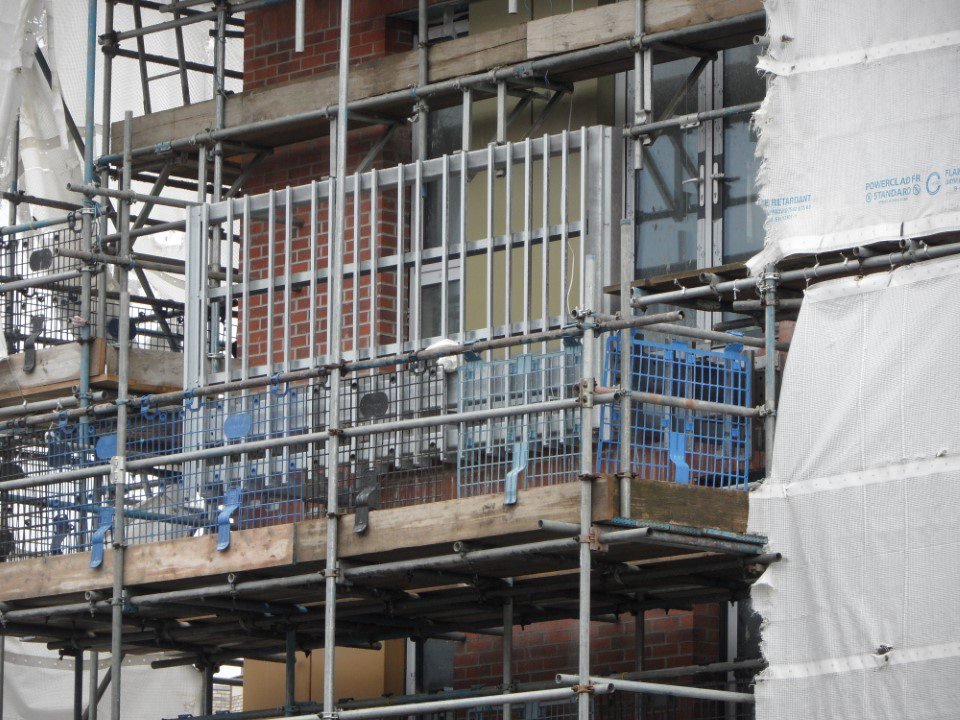What are Planning Conditions and How Do They Affect Construction?
When embarking on a construction project, understanding planning conditions is crucial. Planning conditions are requirements imposed by local authorities as part of the planning permission process. In this article, we explore what planning conditions are, how they impact construction projects, and the steps developers can take to ensure compliance and successful project execution.
Understanding Planning Conditions:
Planning conditions are specific requirements attached to a granted planning permission. They outline certain obligations, restrictions, or actions that developers must adhere to during the construction phase.
Types of Planning Conditions: Planning conditions can cover various aspects, such as design specifications, access arrangements, environmental considerations, landscaping requirements, noise mitigation measures, and more.
Impacts on Construction Projects:
Compliance with Conditions: Developers must carefully review and understand the planning conditions associated with their project. Failing to comply with these conditions can result in enforcement actions, delays, and even the revocation of planning permission.
Construction Schedule and Costs: Planning conditions may impact the construction timeline and costs. Additional design revisions, material selections, or specialized assessments required by conditions can influence project schedules and budgets.
Collaboration with Professionals: Architects, along with planning consultants and other professionals, play a crucial role in navigating planning conditions. Their expertise ensures that design solutions meet the conditions while maximizing the project's potential.
Steps for Addressing Planning Conditions:
Detailed Review: Developers should thoroughly review the planning permission and associated conditions. Understanding the specific requirements and their implications is essential before commencing construction.
Collaborate with Professionals: Engaging experienced architects such as ourselves, planning consultants, and other professionals early in the process can help navigate the complexities of planning conditions and ensure compliance.
Design Integration: We will collaborate with the construction team to seamlessly integrate planning conditions into the design. This includes addressing design revisions, material choices, sustainability measures, and other necessary modifications.
Document Management: Keeping accurate records of how planning conditions are met is crucial. This documentation demonstrates compliance and helps resolve any potential disputes in the future.
Collaboration with Authorities: In some cases, it may be necessary to engage in ongoing communication with the local planning authority to seek clarification, provide updates, or request minor modifications related to planning conditions.
Benefits of Compliance:
Enhanced Project Legitimacy: Adhering to planning conditions ensures that the construction project operates within the legal framework and maintains its integrity.
Community and Environmental Considerations: Planning conditions often aim to protect the local environment, preserve heritage, manage traffic, and enhance the overall community. Compliance helps in achieving these goals.
Reputation and Relationships: Developers who consistently demonstrate compliance and good stewardship of planning conditions build positive relationships with local authorities and the community, which can benefit future projects.
Understanding planning conditions and their impact on construction projects is essential for property developers. By working closely with architects and planning consultants, developers can navigate these conditions effectively, ensuring compliance and successful project execution. With their expertise, architects at Den Architecture can seamlessly integrate planning conditions into the design, resulting in sustainable, well-designed developments that meet regulatory requirements while maximizing the project's potential.

